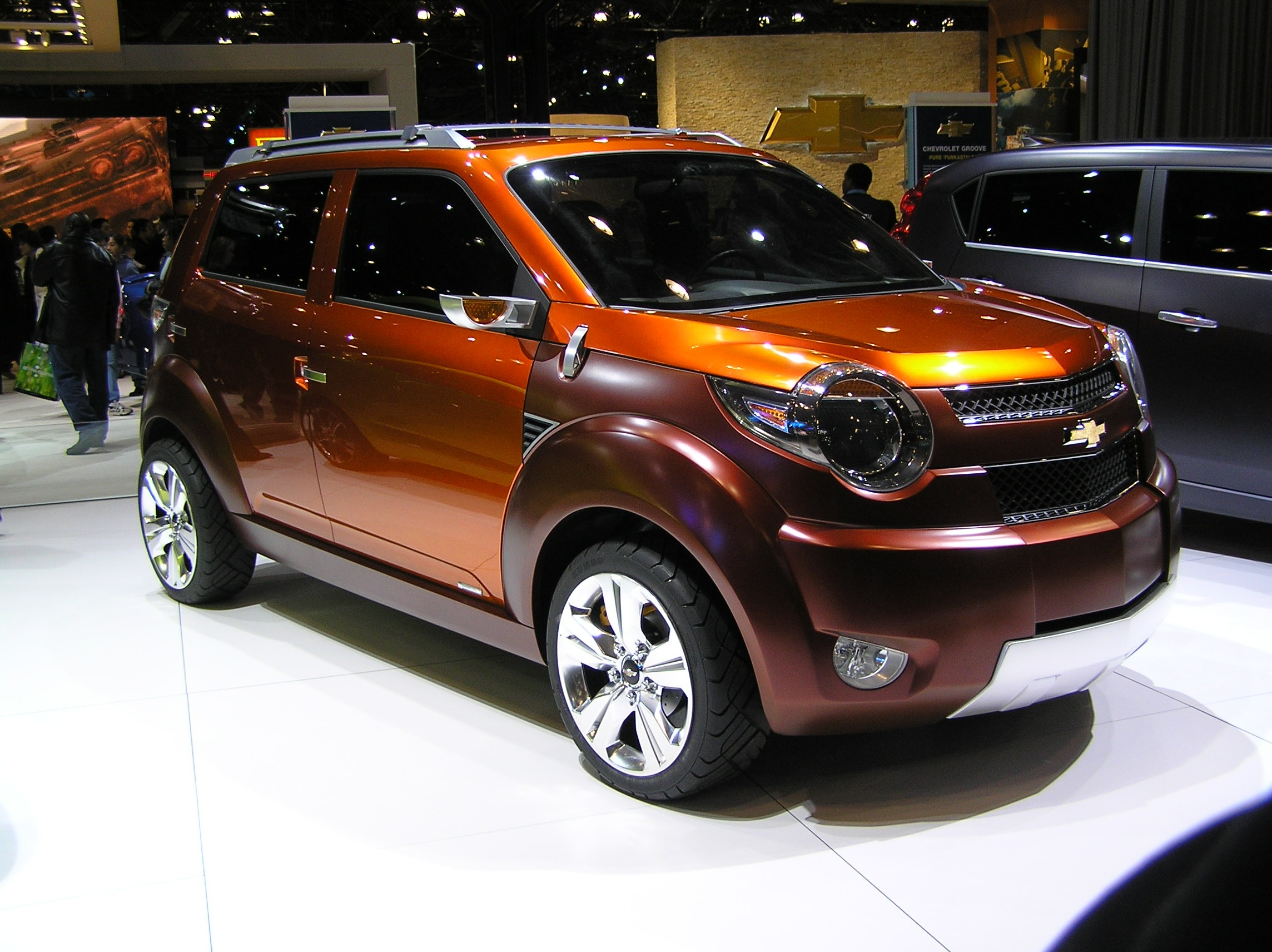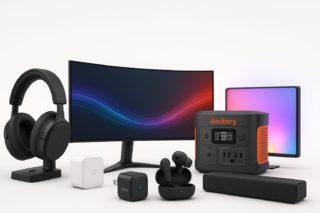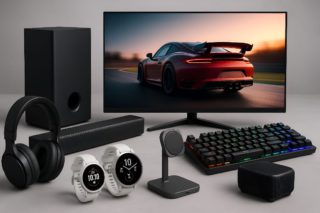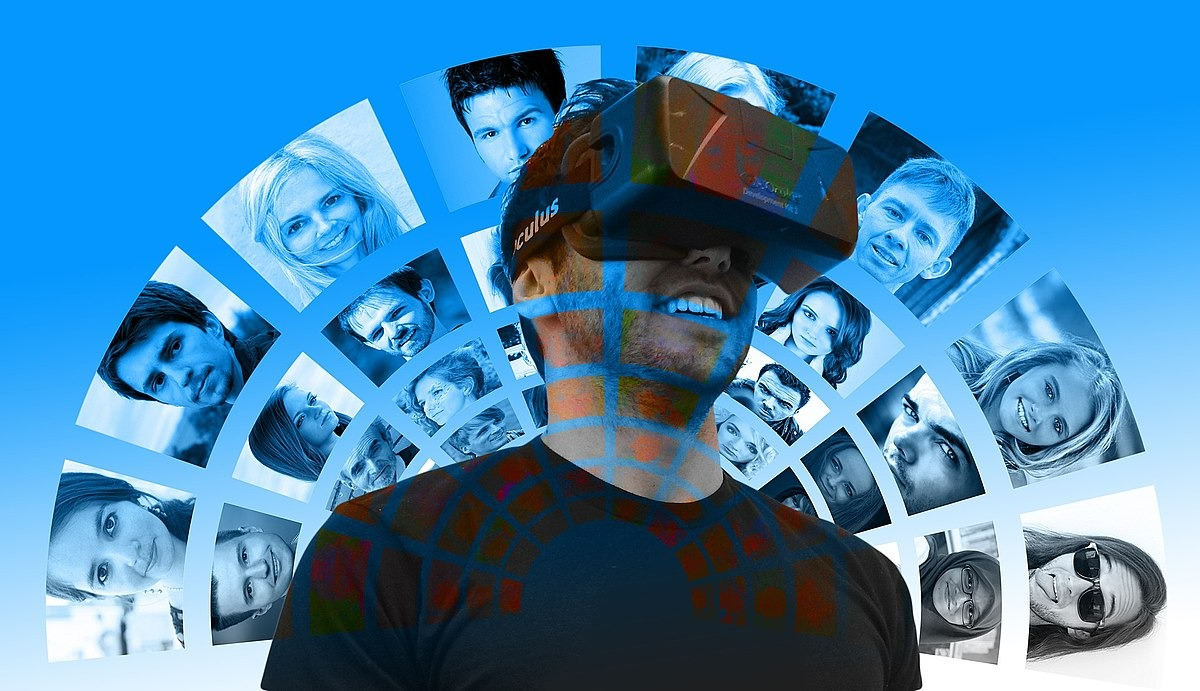Your car insurance premium jumped 30% at renewal, and the company’s explanation felt hollow. “Market conditions,” they said. “Claims in your area.” What didn’t they mention? Your Honda’s built-in connectivity system has been reporting every hard brake, late-night drive, and quick acceleration for months.
Modern vehicles equipped with telematics—branded as OnStar, Ford Sync, BMW ConnectedDrive, or Tesla’s connectivity—don’t just provide convenience features. They operate as rolling surveillance units, harvesting detailed driving behavior and transmitting it to manufacturers who then sell this data to insurance companies.
The 2023 New York Times investigation revealed that detailed trip data from millions of cars was being compiled into risk assessments, including precise start times, stop times, dates, and distances driven.
The Data Money Pipeline
Your driving habits flow from car manufacturers to data brokers to insurance companies, creating profit at every step.
Event Data Recorders capture everything from your speed and braking force to cornering G-forces and cruise control usage. This information travels via cellular connection to automaker servers, then gets sold to data brokers like LexisNexis and Verisk.
These companies package your behavioral patterns into “Driver Risk Reports” that insurers purchase when calculating your premiums. Your car tracks when you grabbed coffee at 6:47 AM, that hard brake for the jaywalker downtown, and your scenic route home three times this month.
Insurance companies transform this granular data into risk multipliers without transparent disclosure—meaning you might be paying extra for behaviors you consider normal defensive driving.
Taking Back Control
Most automakers offer privacy settings, but you’ll have to hunt for them in your car’s digital maze.
You’re not helpless. General Motors and other manufacturers provide explicit privacy settings that disable data sharing, though accessing them requires navigating your vehicle’s infotainment system or mobile app.
The trade-off is real: disabling data transmission might eliminate your remote start, real-time traffic updates, and cloud-based navigation. For maximum privacy, some drivers physically disconnect their telematics unit—usually hidden in the roof lining or under a seat—though this nuclear option also eliminates emergency crash notification.
Before going that route, dig into your connected services agreement. Those legal documents contain specific opt-out clauses, though they’re buried in dense text that requires careful reading.
The automotive surveillance economy thrives on consumer ignorance. Your car’s data pipeline represents millions in revenue for manufacturers and insurers, but costs you transparency and potentially higher annual premiums. Like social media’s data harvest, this practice will only expand unless consumers actively push back.





























